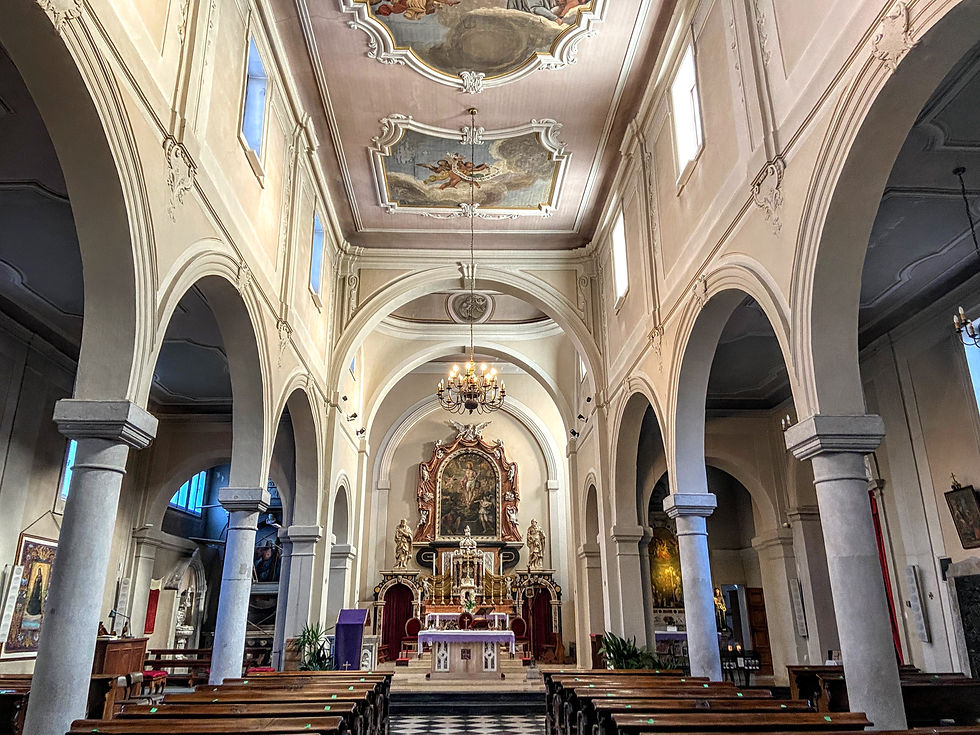The current territory, already in the 10th century, was the site of frequent and violent raids by the Hungarians. To repopulate the almost desolate territory, some Slavic settlers were welcomed and settled there, hence the origin of the toponym... #tuttitaly
On the right bank of the Isonzo River, there is Gradisca d'Isonzo, an Italian town in Friuli Venezia Giulia which, since 1936, has enjoyed the title of city.
The name is probably Slavic origin and derives from gradisce, or "fortified place." A document dated 1176, which marks Gradisca's entry into history, speaks of an agricultural village of seven families of Slavic and Latin origin under the jurisdiction of the Patriarch of Aquileia.
The history of Gradisca is divided into four periods: the Venetian 400, the Austrian seventeenth century, the Habsburg nineteenth century, and the Italian 900.
In 1420, the Republic of Venice defeated the Patriarchate of Aquileia. Between 1479 and 1511, the small agricultural village was transformed into a prestigious fortress city, conceived in this way as a bulwark of defense of the Serenissima and Christianity against the Turks. In 1500, Leonardo da Vinci developed new weapons and shields to protect the fortress.
There is no trace left of the 400-esca civil construction. As witnesses of the most ancient period, however, remain the house of the Venetian Superintendents (today the seat of the Regional Enoteca) and the tax office (also called Palazzo Coassini), built between 1479 and 83.
Between 1647 and 1717, under the government of the princes of Eggenberg, Gradisca completely changed its appearance, transforming itself from a fortified village of late 15th-century origins into a residential citadel with an elegant appearance. Between 1650 and 1750, almost all the noble palaces that still characterize the historic center were built.
In addition to the noble palaces, the historic center is enriched, on public initiative, with two buildings: the Loggia dei Mercanti, conceived as a meeting place for the local nobility, which later became a reference point for the merchant class; and the Palazzo del Monte di Pietà, built to counteract the usury practiced by the Jews. The most important building in the city also belongs to this period, Palazzo Torriani, now the town hall.
Worthy of note are: Casa Toscani, with its imposing rustic portal just softened by the balcony with railing; Palazzo de Fin-Patuna, of Rococo sensibility; and Palazzo Lottieri, whose facade is the renovation of the previous fifteenth-century layout.
In 1855, at the request of the citizens, Marshal Radetzky allowed the demolition of a section of the defensive walls. So Gradisca opened up to the Friulian plain and freed itself from military obsession.
Walking along the route of the Venetian walls, designed by Leonardo da Vinci, there are six mighty towers and two gates: Porta Nuova and Porta del Soccorso.
The Castle is inside the walls, whose central nucleus is represented by the Palazzo del Capitano.
Among the religious buildings, the Duomo and the Addolorata Church, built at the end of the fifteenth century, is worth a visit.
During the First World War, Gradisca is set on fire. After the war, on January 6, 1921, the city was annexed to Italy.


























Comments